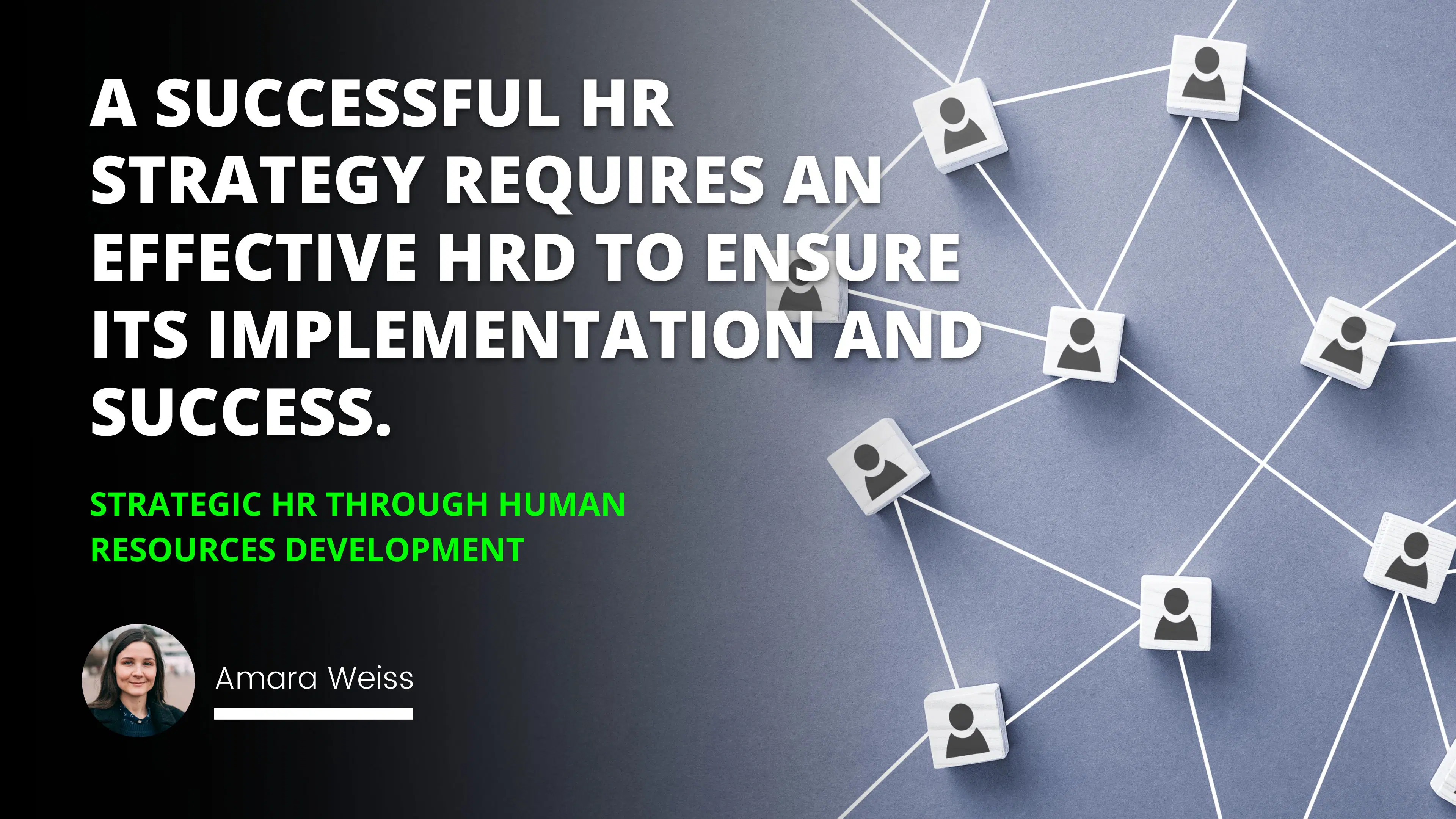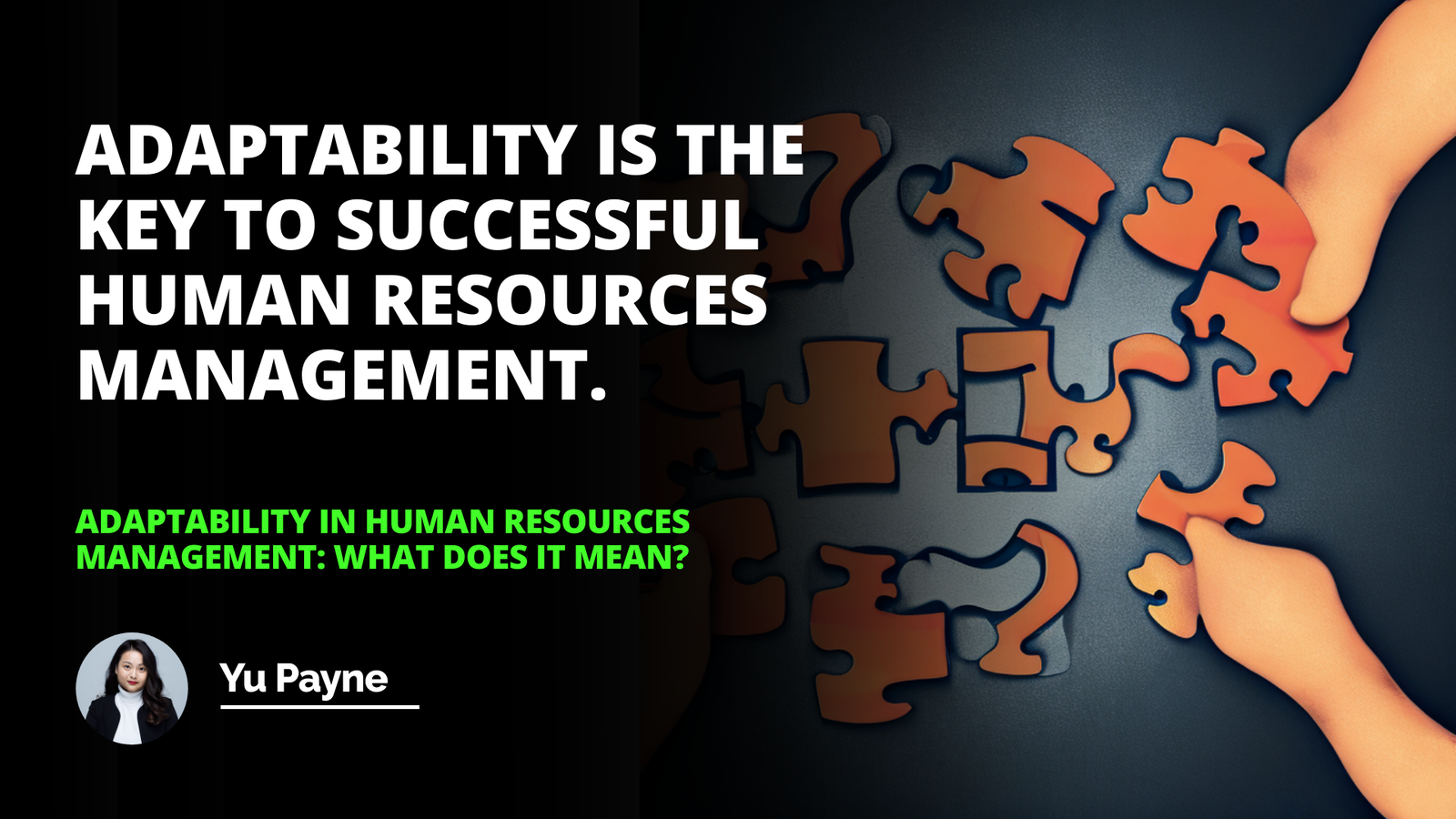
The Role of Human Resources Development in Strategic HR
Benefits of Leveraging HRD for Strategic Goals
Strategies for Implementing Human Resources Development
Challenges of Implementing Human Resources Development
Best Practices for Developing a Human Resources Strategy
The Role of Human Resources Development in Strategic HR
Human resources development (HRD) is essential in crafting an effective HR strategy. HRD consists of employee training and development initiatives to enhance employee performance and meet organizational goals. While HRD has traditionally been seen as a means of achieving cost savings, it can also be used as a strategic tool to support corporate objectives. This article will discuss the role of HRD in strategic HR, the benefits of leveraging HRD for strategic goals, strategies for implementing HRD, the challenges of implementing HRD, and best practices for developing an HRD strategy.
The role of HRD in strategic HR includes both short-term and long-term objectives. In the short term, HRD can be used to improve employee performance and morale. This can be achieved through training and development initiatives focusing on developing skills and knowledge required for successful job performance. In the long term, HRD can support organizational objectives, such as innovation and growth, by helping to develop the necessary skills and insights.
Benefits of Leveraging HRD for Strategic Goals
Leveraging HRD for strategic benefits can provide many advantages to an organization. HRD can be used to improve employee engagement, productivity, and performance, while also helping to retain talented employees. Additionally, HRD can help to foster an environment that encourages collaboration and creative problem-solving. This can lead to improved organizational performance and increased profits. Finally, HRD can be used to develop the skills and insights necessary to support the organization's long-term objectives.
Strategies for Implementing Human Resources Development
When developing an HRD strategy, it is essential to consider the organization's goals and objectives. The HRD strategy should be tailored to meet the organization's specific needs. Additionally, the HRD strategy should be designed to ensure employees have access to the training and development opportunities needed to meet their goals. Finally, to ensure the success of the HRD strategy, it is essential to ensure that employees are involved in the process and that their feedback is sought and incorporated.
Challenges of Implementing Human Resources Development
There are several challenges associated with implementing HRD. One of the most common challenges is the lack of resources. This can make it difficult to implement an effective HRD strategy, as there may not be enough personnel or financial resources available to support the initiative. Additionally, the effectiveness of HRD initiatives can be hampered by employee resistance. Therefore, it is essential to ensure that employees are aware of the benefits of the HRD strategy and are allowed to provide feedback to ensure the initiative's success.
Best Practices for Developing a Human Resources Strategy
When developing an HRD strategy, it is essential to ensure it is well-defined and communicated to employees. Additionally, it is necessary to ensure that the strategy is aligned with the organization's goals and objectives. Furthermore, the process should be tailored to meet the organization's and the employee's needs. Finally, ensuring that the HRD strategy is implemented promptly and effectively is essential.
Conclusion
In conclusion, HRD is essential to crafting an effective HR strategy. HRD can be used to improve employee performance and develop the skills and insights necessary to support the organization's long-term objectives. Additionally, leveraging HRD for strategic benefits can provide many advantages to an organization. To ensure the success of an HRD strategy, it is essential to consider the organization's goals and objectives and to ensure that the strategy is tailored to meet the needs of the organization and the employees. Finally, providing the system is implemented promptly and effectively is essential.
A successful HR strategy requires an effective HRD to ensure its implementation and success.
Frequently Asked Questions
What are the primary objectives of Human Resources Development (HRD) in strategic HR?
Human Resources Development (HRD) is a vital component of any successful organization's Human Resources (HR) strategy. HRD is concerned with developing and maintaining an organization's workforce to achieve its overall objectives. It is also responsible for developing efficient and effective ways to recruit, select, manage, train, motivate, reward, and retain employees. The primary objectives of HRD in strategic HR are to ensure that the organization has an adequate supply of people with the necessary skills and knowledge to meet its current and future needs; to develop a culture that promotes creativity, innovation, and efficiency; and to provide a platform for employee engagement and satisfaction.
The first objective of HRD in strategic HR is to ensure that the organization has an adequate supply of people with the necessary skills and knowledge to meet its current and future needs. This involves recruiting qualified individuals with the right mix of technical expertise and problem-solving capabilities. It also includes developing training programs that align with organizational goals while providing employees with up-to-date information about their roles within the company. This can be accomplished through formal training sessions or more informal methods such as mentoring programs or job shadowing opportunities where employees can gain firsthand experience in different roles within the company.
The second objective is to create a culture that promotes creativity, innovation, productivity, efficiency, collaboration, and employee engagement. This includes developing systems that encourage employees to think creatively when solving problems and encouraging them to take ownership of their work. Hence, they feel empowered in their role within the organization. It also involves providing incentives or rewards for innovative ideas or solutions, encouraging employees to develop new ways of doing things, and ultimately leading them toward achieving organizational goals faster than ever.
Finally, it involves creating open communication between management teams so all team members can have their say without feeling intimidated or disregarded. This makes them feel valued by their employers, leading to increased morale & commitment from staff members.
The third objective is to provide a platform for employee engagement & satisfaction. This involves identifying what motivates each individual within an organization so management teams can create customized plans tailored toward meeting each employee's individual needs & expectations alongside those of the business itself. This could include offering incentives such as flexible working hours, health benefits, performance bonuses, etc. social events, perks & discounts, etc., all geared towards making sure each employee feels appreciated & rewarded, thus leading them towards greater job satisfaction & motivation at work.
In conclusion, Human Resources Development plays a crucial role in any successful organization's Human Resources Strategy by ensuring enough skilled personnel are available, creating cultures conducive to creativity, innovation & productivity while providing platforms for employee engagement & satisfaction. Therefore, all these objectives should be considered when developing strategic Human Resource plans if organizations wish to succeed in today's competitive environment.
How can leveraging HRD for strategic benefits benefit an organization?
Organizational success depends on various factors, but perhaps none is more important than Human Resources Development's (HRD) role. HRD is responsible for developing corporate policies and procedures, recruitment, training and development, performance management, and the organization's overall culture. Leveraging HRD for strategic benefits can help an organization achieve its desired results and stay competitive.
HRD can be used to ensure an organization's workforce has the skills and competencies required to meet the organization's goals. Organizations can ensure they are sourcing the best talent by developing an effective recruitment process. Training and development programs can help employees understand their roles and responsibilities and have the necessary skills to perform their jobs effectively. Performance management systems can measure how well employees are meeting organizational goals and enable organizations to reward staff for performance above and beyond expectations.
HRD can also be used to ensure that an organization's culture aligns with its mission and values. For example, HRD can create policies and procedures that align with the organization's goals and help ensure a productive, positive workplace. HRD can also be used to develop programs focusing on employee engagement, such as employee recognition and diversity initiatives.
In short, leveraging HRD for strategic benefits can positively impact an organization. Organizations can remain competitive in the marketplace and achieve their desired results by ensuring that the organization is staffed with the right people, that employees are adequately trained and developed, and that organizational culture is in line with its mission and values.
What strategies should be used to effectively implement HRD in an organization?
Human resource development (HRD) is essential to any successful organization. It encompasses a range of activities that help employees grow and develop their skills to meet the changing demands of the business. HRD is a long-term process that involves planning, implementing, and evaluating employee development initiatives to ensure that employees can contribute to organizational success. To effectively implement HRD in an organization, several strategies must be considered.
First, organizations need to create a culture of learning and development. A culture of learning should foster an environment where employees feel comfortable taking risks and experimenting with new ideas. This can be achieved by providing training opportunities, mentoring programs, and regularly recognizing employee achievements. This environment will encourage employees to continuously strive for improvement to reach their full potential and contribute positively to the organization’s success.
Second, organizations should ensure they have the right resources for effective HRD implementation. This includes having access to appropriate training materials, technologies, and tools that can support employee development initiatives in meaningful ways. Additionally, organizations should consider investing in software solutions such as Learning Management Systems or Performance Management Systems which can automate many aspects of HRD management, such as creating course material or tracking progress on performance goals.
Third, organizations should establish clear goals for HRD initiatives, so employees know what is expected from them during their employment with the company. These goals should be specific enough, so employees understand what they need to do but flexible enough to have autonomy over how they achieve them. These goals should also be aligned with organizational objectives, so any improvements made through HRD will directly benefit the organization.
Finally, organizations need to measure and evaluate the impact of their HRD initiatives on both individual performance levels and overall organizational performance outcomes over time. Measuring progress gives feedback about which activities are working well and which need improvement or adjustment in the future; this helps ensure that resources are being allocated appropriately toward successful HRD implementation efforts within the organization.
In conclusion, implementing effective human resource development strategies is critical for any organization looking to achieve peak performance levels from its workforce. By creating a culture conducive to learning, investing in appropriate resources, establishing clear goals, and measuring results, managers can provide ongoing support towards employee growth while achieving desired outcomes essential for organizational success.


